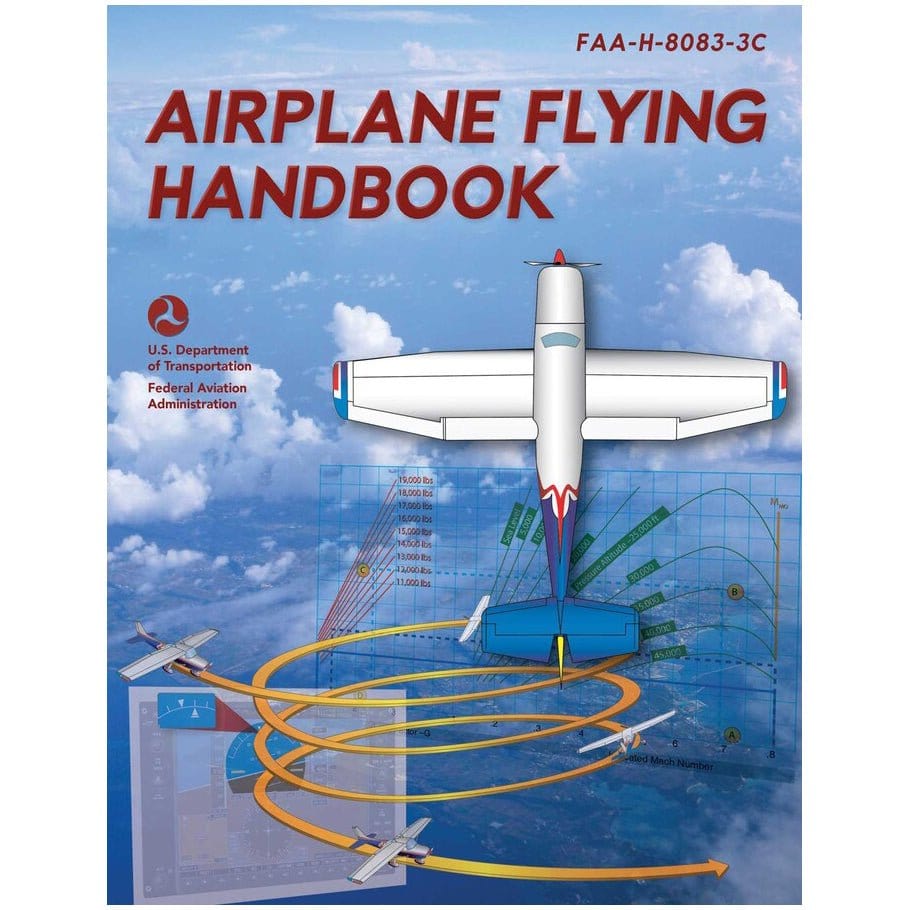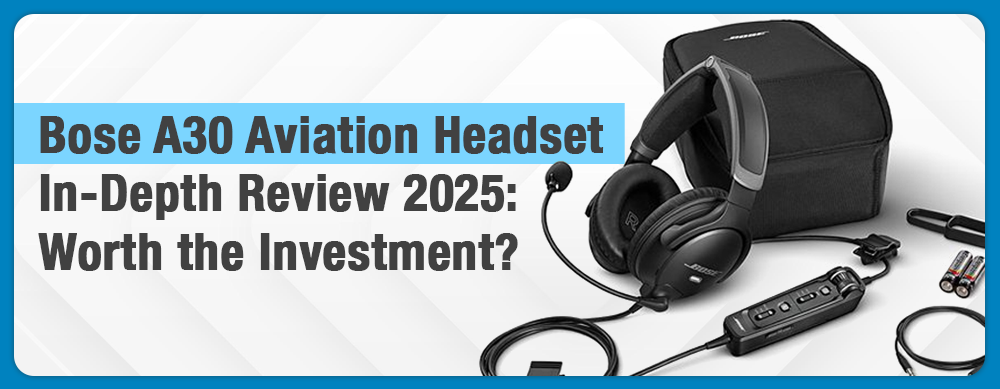Flying with older analog instruments means that you're probably constantly switching your focus between heading indicators, course deviation needles, and multiple dials.
We understand, for those of us who have ventured into the realm of instrument flight, it takes both time and effort to interpret everything correctly.
But there is something that is making this process easier, the Horizontal Situation Indicator (HSI). It changes everything by combining essential navigation tools all into one streamlined display.
Instead of you finding yourself second-guessing your corrections or dealing with reverse sensing on back course approaches, you can get a clear and direct visual of your aircraft’s position. The HSI was designed to simplify navigation, cut down on workload, and to help you improve your in flight awareness.
If you're migrating from analog gauges or refining your instrument flying, learning how the HSI improves on traditional systems will make things easier and less stressful for you.
Let’s break down how it works and why it’s a valuable addition to modern cockpits.
SUMMARY
-
The HSI combines a heading indicator and course deviation indicator.
-
It eliminates the risk of reverse sensing during ILS approaches.
-
The instrument simplifies navigation by reducing the need for multiple displays.
-
Modern HSIs are often electronic and integrated into glass cockpit systems.

What is the Horizontal Situation Indicator (HSI)?
So, what exactly is the HSI? Well, the Horizontal Situation Indicator (HSI) is an aircraft navigation instrument that takes the heading indicator and the course deviation indicator (CDI) and combines them together.
Pretty nice, isn't it? The amazing idea behind this design was to help pilots reduce their scan through having less gauges to look at.
Also, another great aspect of the HSI is that it can increase your situational awareness since it gives you a clear and intuitive representation of your aircraft’s position relative to your selected course.
What Makes the HSI Different from Other Navigation Instruments?
While similar, there are some differences to think about when it comes to the HSI.
For one—unlike a standard VOR indicator—the HSI eliminates the need for pilots to interpret the left/right and to/from indicators separately. Instead of that, the HSI provides a single, straightforward display where left always means left, and right always means right.
This nifty feature can make it easier for those working on obtaining their Instrument Rating to utilize an aircraft with an HSI versus a conventional heading indicator. These days most modern HSI displays are part of an electronic primary display or a " glass cockpit ".
The final bonus is that it prevents reverse sensing errors, which is a common issue in traditional instrument landing system (ILS) localizer back course approaches.

How the HSI Works
Let's break down the 4 main parts of an HSI. It consists of:
-
A rotating compass card.
-
A course deviation bar.
-
A TO/FROM indicator.
-
A heading select bug.
If you put all of these elements together you end up with real-time feedback on both your aircraft’s position and course alignment.
Components of an HSI
Let's further explain these components.
-
Compass Card – This displays the aircraft’s current heading.
-
Course Deviation Bar (CDI) – This part of the HSI indicates your aircraft’s position relative to your selected navigation course.
-
TO/FROM Indicator – This is the part that shows whether your aircraft is heading toward or away from a VOR station.
-
Heading Bug – This part lets you set a desired heading for reference or autopilot integration.
-
Fixed Aircraft Symbol – The symbol is located at the center of the HSI and represents the orientation of your aircraft in relation to your heading.
-
Course Select Knob – This sets the desired navigation course on the HSI for Instrument Approach based tracking.

Comparing HSI with Other Navigation Instruments
HSI vs. OBS
The Omni-Bearing Selector (OBS) is a navigation tool that you can find on traditional VOR indicators. The OBS allows pilots to select and track a VOR radial, but it does lack a built-in heading reference. The HSI improves on this by mixing the heading and course deviation into one instrument.
HSI vs. VOR Indicator
A conventional VOR indicator will present lateral deviation information but it requires pilots to mentally align their heading with the selected course. The HSI makes this simple by visually aligning the aircraft with the course.

Frequently Asked Questions
-
What does the HSI measure?
The HSI measures an aircraft’s heading and its deviation from a selected navigation course, usually a VOR radial or ILS localizer.
-
How does the TO/FROM indicator work on an HSI?
The TO/FROM indicator shows whether a selected course will take the aircraft toward or away from the navigation station.
-
Can the HSI be used for GPS navigation?
Yes. Modern HSIs can mix with GPS navigation systems.
-
What happens if the NAV or HDG flag appears?
A NAV flag indicates that the navigation signal is unreliable or lost, while an HDG flag means the heading information is not functioning correctly.
-
What happens if the Glideslope flags appear?
Glideslope flags indicate that the aircraft is not receiving a valid glideslope signal. This can happen if the ILS frequency isn't put in correctly, or if the aircraft is too far from the signal range. it can also mean there might be a malfunction in the navigation system.
Takeaway
The Horizontal Situation Indicator is a helpful tool that can speed up the scanning process for pilots. It provides a great way to navigate your aircraft heading using VOR, ILS, or GPS signals.
If you are still in the process of training, or maybe even an aviation enthusiast, check your the gauges in the aircraft you fly in. Are they analog gauges or digital? Do you see an HSI or the conventional heading indicator?
Knowing the difference and how to use them will help you on your path to becoming a more knowledgeable aviator.
Interested in Instrument Approaches?
Our guides are designed to help!
Did you find this article helpful?
Do you think we missed an important interview question? Let us know in the comments below!







